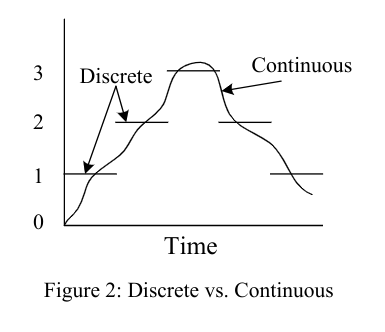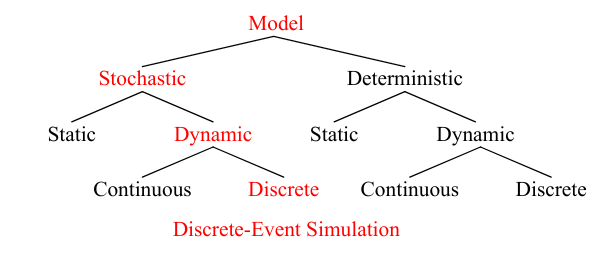Lecture 1 - Network Simulation Basics
Mind Map: Network Simulation
Central Idea
Network Simulation
What is Simulation?
Imitation of the operation of a real-world process or system over time
Main Branches
1. Definition
What is Network Simulation?
Technique to model network behaviour
Used for testing and analysis
2. Types of Network Simulators
Discrete Event Simulators
Examples: NS2, NS3
Packet-Level Simulators
Examples: OMNeT++, QualNet
Hybrid Simulators
Combines features of discrete and packet-level
3. Applications
Performance Evaluation
Throughput, latency, and packet loss analysis
Network Design
Topology optimization
Protocol Testing
Validate new protocols before deployment
Security Analysis
Simulate attacks and defenses
4. Key Components
Network Topology
Nodes, links, and their configurations
Traffic Models
Types of traffic (e.g., TCP, UDP)
Simulation Parameters
Time, scale, and metrics to measure
5. Tools and Software
Popular Tools
GNS3, Cisco Packet Tracer
Open-source Options
Mininet, OMNeT++
Commercial Software
Riverbed Modeler, NetSim
6. Challenges
Scalability
Handling large networks
Accuracy
Real-world vs. simulated results
Complexity
Managing intricate network behaviors
7. Future Trends
Integration with AI
Machine learning for dynamic simulations
Cloud-based Simulations
Remote access and collaboration
5G and IoT Simulations
New protocols and devices
Conclusion
Network simulation is a vital tool for understanding and optimizing network performance, with diverse applications and ongoing advancements.
Review
System vs. Model vs. Simulation
System = Group of objects that are joined together (relationships/interactions)
System environment = A system can be affected by changes occuring outside the system
Components of a system = Entity, Attribute, Activity, State, Event
Model = Representation of a real-world system
Generally composed of assumptions, some models are impossible to solve mathematically
Discrete Systems = Variables change only at discrete set of points in time
Continuous Systems = State variables change continuously in time

Stochastic/Deterministic: A deterministic model has no random variables (known input). Stochastic models have random variables.
Static/Dynamic: In a static model, time is not a significant variable (static is like a picture of the system at a given time).
Continuous/Discrete: In continuous systems, state variables evolve continuously.

Simulation Software = – Packet Tracer
– Riverbed (formerly OPNET)
– NS-2, NS-3
– OMNET++, GTnetS
– CloudSim– Packet Tracer
– Riverbed (formerly OPNET)
– NS-2, NS-3
– OMNET++, GTnetS
– CloudSim